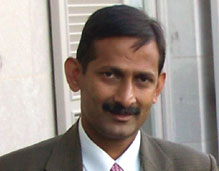Will Pakistan Reset Its Relations With The US ?
Senior Fellow, IDSA, Dr Ashok Behuria’s article on Pakistan-US relations, titled ‘Will Pakistan Reset Its Relations With The US?’ was published by Air Word Service, an external services division of All India Radio, on September 17, 2017.
- Published: 17 September, 2017














